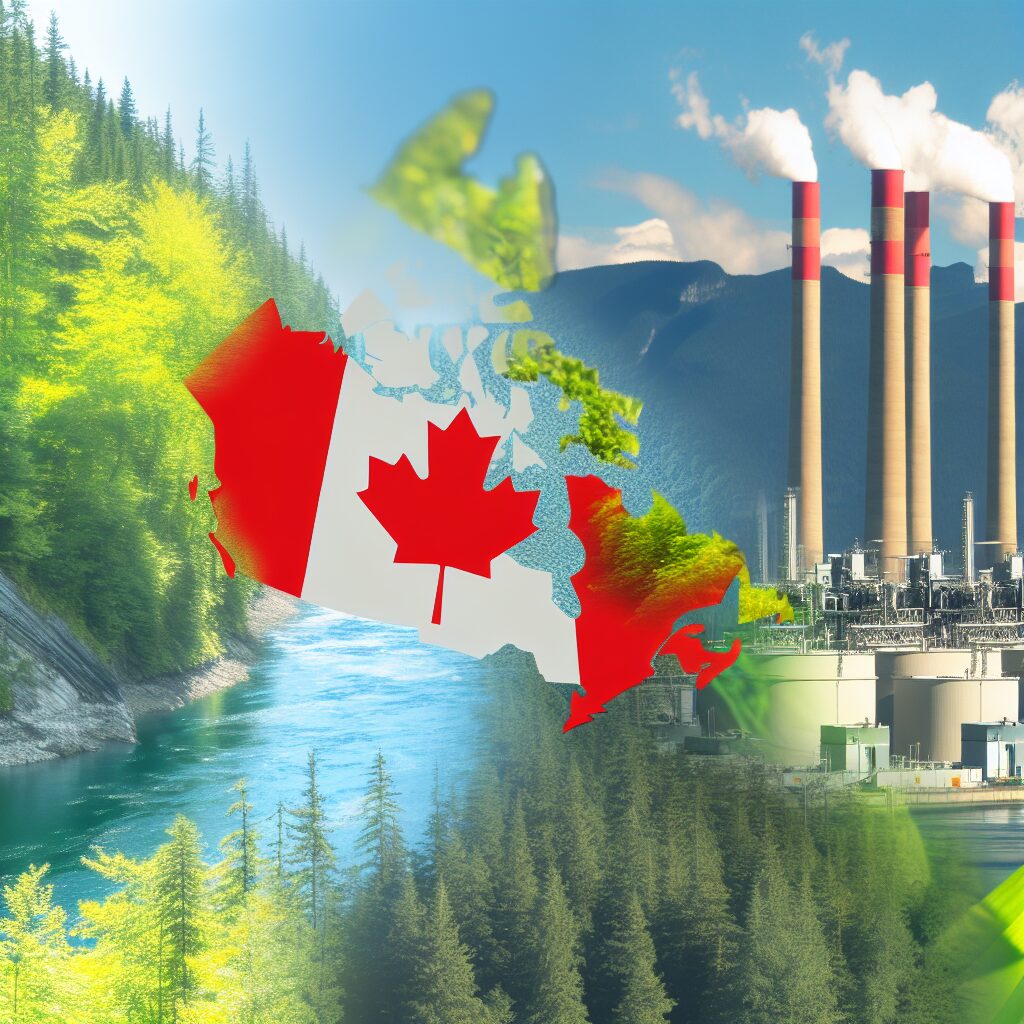Canada’s Rise to Energy Superpower Status: What You Need to Know
Canada’s ascent to becoming an energy superpower is a story of strategic planning, technological advancement, and multiple resource endowments. As a vast country with a rich abundance of natural resources, Canada has long been a significant player in the global energy market. From hydroelectric power to natural gas, oil, and new advancements in renewable energy, Canada’s journey towards superpower status in energy is both a tale of opportunity and a blueprint for future sustainability.
Canada’s Diverse Energy Portfolio
Canada’s energy resources are remarkably diverse. The country is the world’s fourth-largest producer of crude oil and natural gas. The Alberta oil sands are one of the largest reserves of crude oil in the world, with the technological advancements making it increasingly viable for extraction and production. Natural gas production in British Columbia and Alberta is also growing, with liquefied natural gas (LNG) initiatives aimed at exporting to Asia and other markets.
The country isn’t just about fossil fuels. Canada is a leader in hydroelectric power, which accounts for approximately 60% of the country’s electricity generation. Provinces like Quebec and British Columbia have maximized their natural landscapes to harness the power of water, pushing Canada to the top as one of the world’s largest producers of hydroelectricity. Additionally, Canada is investing heavily in wind, solar, and tidal energy to diversify its renewable energy portfolio.
Strategic Investments and Technological Advancements
Canada’s journey to energy superpower status is significantly supported by strategic investments and technological advancements. The oil sands, once considered too costly and environmentally harmful to exploit, have seen remarkable efficiency improvements. Innovations in extraction techniques have reduced both the cost and carbon footprint of oil sands operations. These advancements have allowed Canada to remain competitive even when global oil prices fluctuate.
On the renewable energy front, Canada is in the midst of a technological renaissance. Wind and solar farms are expanding, backed by government incentives and private investments. The country is also exploring new technologies like carbon capture and storage (CCS) and tidal energy projects off the Atlantic coast. These innovations are crucial for meeting Canada’s climate goals and solidifying its role as a sustainable energy leader.
International Trade and Market Influence
Another factor contributing to Canada’s rise is its strategic approach to international trade and market influence. The United States remains Canada’s biggest energy customer, importing vast quantities of crude oil, natural gas, and electricity. Cross-border pipelines and energy infrastructure form the backbone of this symbiotic relationship. However, Canada is not putting all its eggs in one basket; it is actively pursuing new markets in Europe and Asia.
LNG exports to Asia are a key component of Canada’s strategy. The development of LNG facilities on the West Coast aims to meet the growing demand for cleaner energy alternatives in Asian markets. This diversification helps Canada mitigate the risks associated with dependency on a single market and enhances its global influence in the energy sector.
Environmental and Social Considerations
While the rise to energy superpower status brings economic benefits, it also comes with environmental and social responsibilities. Canada is committed to reducing greenhouse gas emissions and meeting international climate agreements, such as the Paris Agreement. The federal government, along with provincial counterparts, is implementing stringent regulatory measures and investing in green technologies to achieve these goals.
Social considerations are equally crucial. Indigenous communities are vital stakeholders in many energy projects. The government and private sector are increasingly collaborating with these communities to ensure that energy projects bring mutual benefits, including economic opportunities and environmental stewardship. This inclusive approach is essential for maintaining social license and driving sustainable development.
The Road Ahead: Challenges and Opportunities
Canada’s journey is not without its challenges. Regulatory hurdles, geopolitical dynamics, and public opposition to specific projects present ongoing obstacles. However, these challenges also offer opportunities for innovation, collaboration, and leadership in sustainable practices.
Looking ahead, Canada’s focus will likely be on balancing economic growth with environmental stewardship. The shift toward renewable energy sources, coupled with advancements in traditional energy sectors, positions Canada well for a future where energy demand is continuously evolving. Public-private partnerships, innovation in green technologies, and robust international cooperation will be pivotal in maintaining Canada’s energy superpower status.
Canada’s rise to energy superpower status is a complex, multifaceted journey that reflects its rich natural resources, innovative spirit, and commitment to sustainability. By navigating the challenges ahead and capitalizing on new opportunities, Canada is set to remain a key player on the global energy stage.
Source

